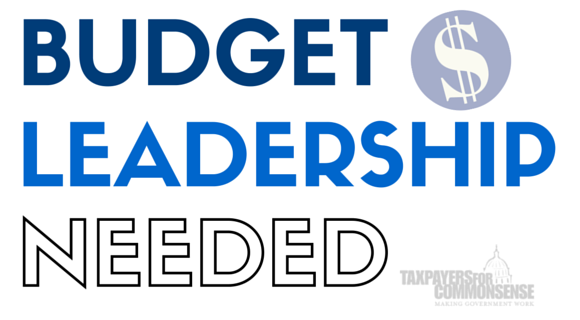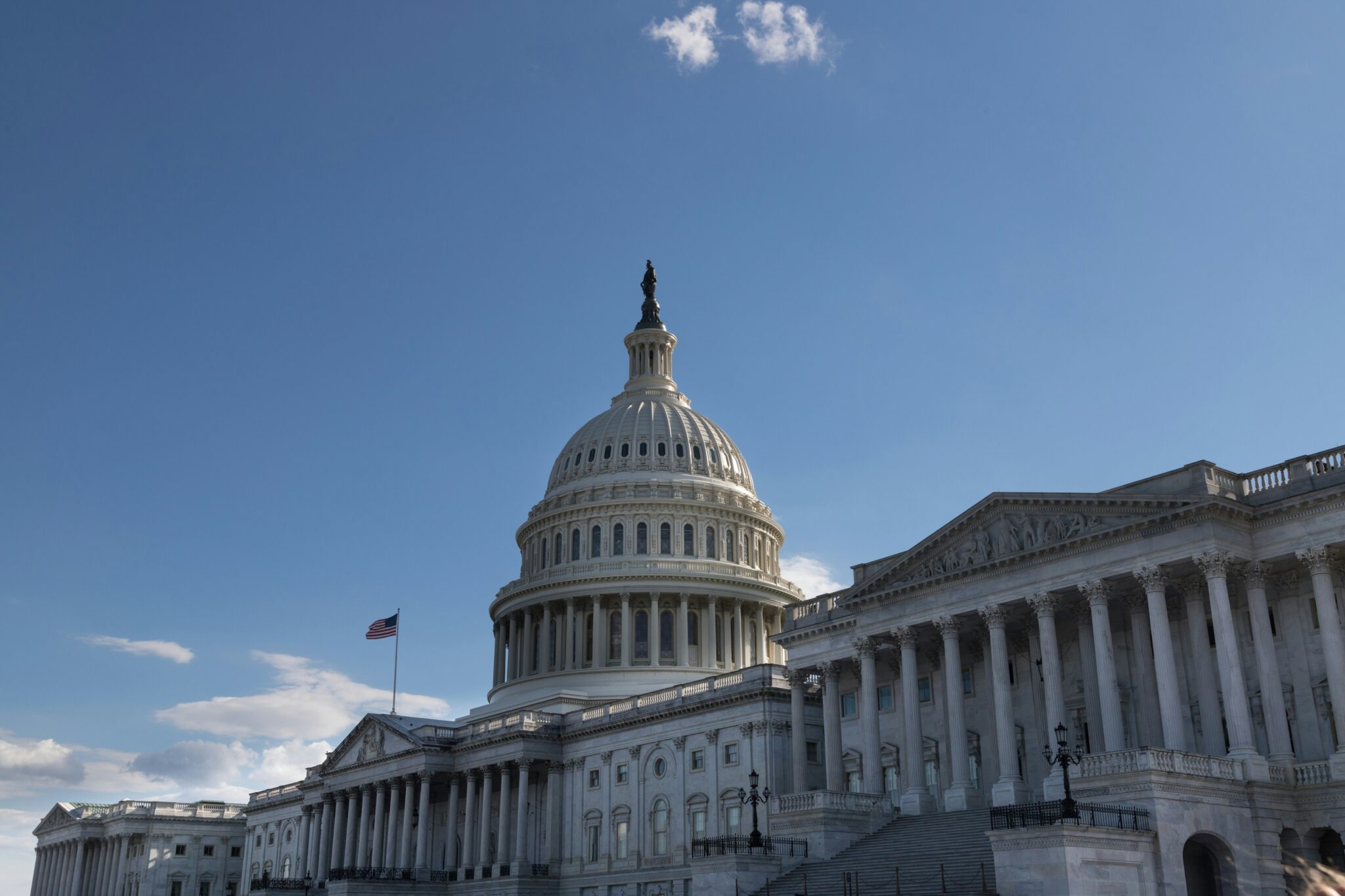Every budget is a dream sheet. They’re all unrealistic. The President lays out a slate of new programs, revenue raisers, and strategic cuts. Republican leadership has an X-Acto knife out, highlighting  cuts to programs they oppose, and the more conservative caucuses have decided (apologies to Irving Berlin) “whatever they can cut, I can cut better, I can cut better than you.” But budgets also serve real purposes: dictating the overall amount of money that will be spent this year, giving directions on how to prioritize that spending, and drawing a vision of how to move into the future.
cuts to programs they oppose, and the more conservative caucuses have decided (apologies to Irving Berlin) “whatever they can cut, I can cut better, I can cut better than you.” But budgets also serve real purposes: dictating the overall amount of money that will be spent this year, giving directions on how to prioritize that spending, and drawing a vision of how to move into the future.
And as much as we expect posturing in the budget process, this year every single budget starts with unrealistic assumptions that the other side will never agree to. The focus is all vision and politics, ignoring utility.
The president’s request assumes massive increases in infrastructure spending, cuts to corporate and special interest tax breaks, passage of immigration reform, and no major cost-cutting changes to Mandatory programs (Social Security, Medicare). All told it claims to produce $3.64 trillion in savings over 10 years. But Congress has already said they won’t enact these policies. In fact many were rejected in the last budget, or in the case of things like certain tax breaks, in every single one of President Obama’s budgets. Why would this change in the lame duck election year?
The House Budget also turns a blind eye to political reality. To amass its $7 trillion in savings it repeals Obamacare ($2 trillion), reforms Medicaid, including block granting ($1 trillion), cuts, then freezes for nine years all non-Defense spending ($887 billion), while increasing Defense spending every year. Even with inflation low, the idea that Washington will go nine years (parts of potentially three different presidential administrations) without spending one more dime on government is laughable. Like it or not, the idea that President Obama will make one of his last acts as president repealing his signature achievement, is about as likely as Holy Cross winning this year’s NCAA basketball tournament. And House conservatives go even further, finding $8.6 trillion of savings within eight years.
Faced with all these competing budget proposals, it looks like the budget and appropriations train is about to derail before even leaving the station. The House Freedom Caucus has raised objections to $1.07 trillion top-line spending level in the House Budget, preferring the $1.04 trillion originally included in the Budget Control Act of 2011. The Senate wants $1.07 trillion, though they may not even produce a budget resolution, and Speaker Ryan says it’s $1.07 trillion or bust. So six months before the start of FY 2017 we’re already about to embark on a CR and a lame duck omnibus that will be negotiated in the Speakers’ office?
But it doesn’t have to be this way. Budgets are political documents, so there’ll always be some disagreements. But the gulf between the Congress and the President, between Republicans and Democrats, and even the House and the Senate is only getting larger. These budgets contain a number of common sense changes from moving to fair-value accounting, to simplifying the tax code, to using chained CPI to calculate cost of living adjustments. These are all great ideas that could generate bipartisan agreement, but everybody is talking past each other.
In this bizarre political climate, it is hard to imagine what would encourage Congress to simply do the work of prioritizing, identifying trade-offs, and making hard decisions. What we really need is leadership. Budgeting based on politics, accounting gimmicks, and the legislative equivalent of putting your opponent between a rock and a hard place, haven’t worked. We need lawmakers who are willing to step up, look at the national interest and say no – my parochial project isn’t the most important thing today. Folks who will put it all on the line to tackle the big issues facing our country. We may be all watching the circus in the presidential primary, but leadership in Congress is just as critical.










